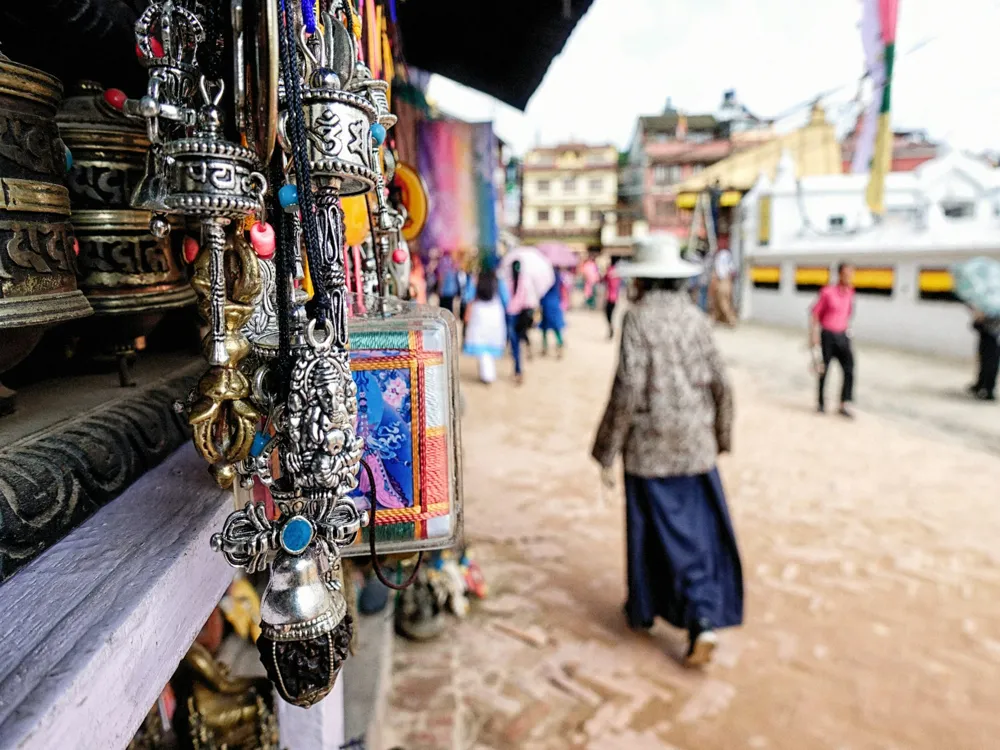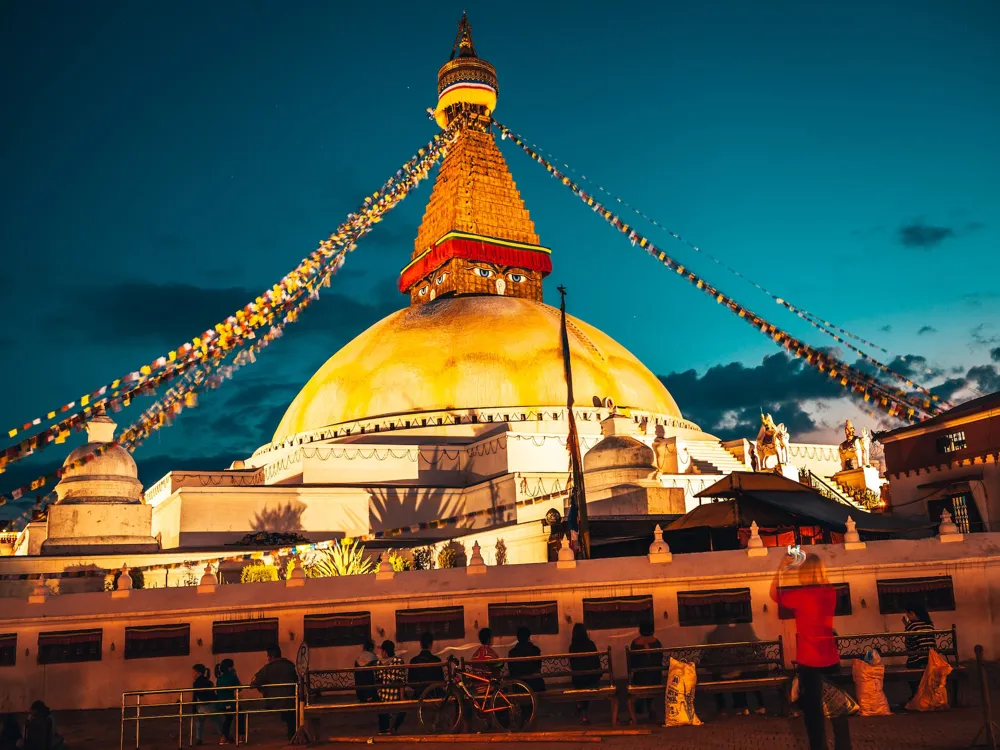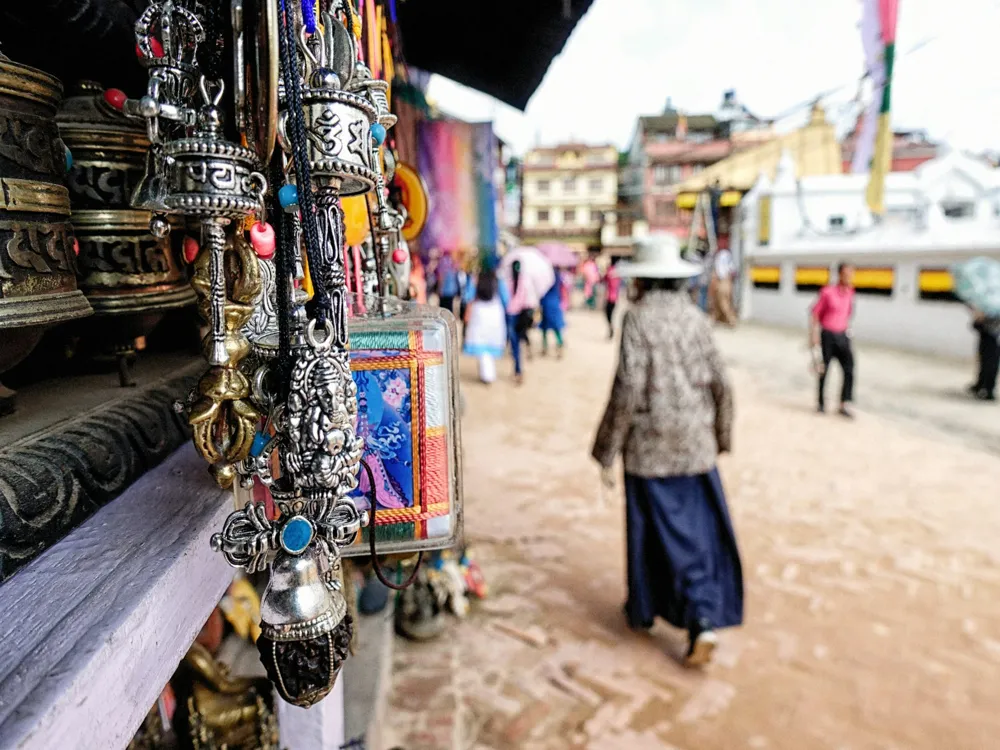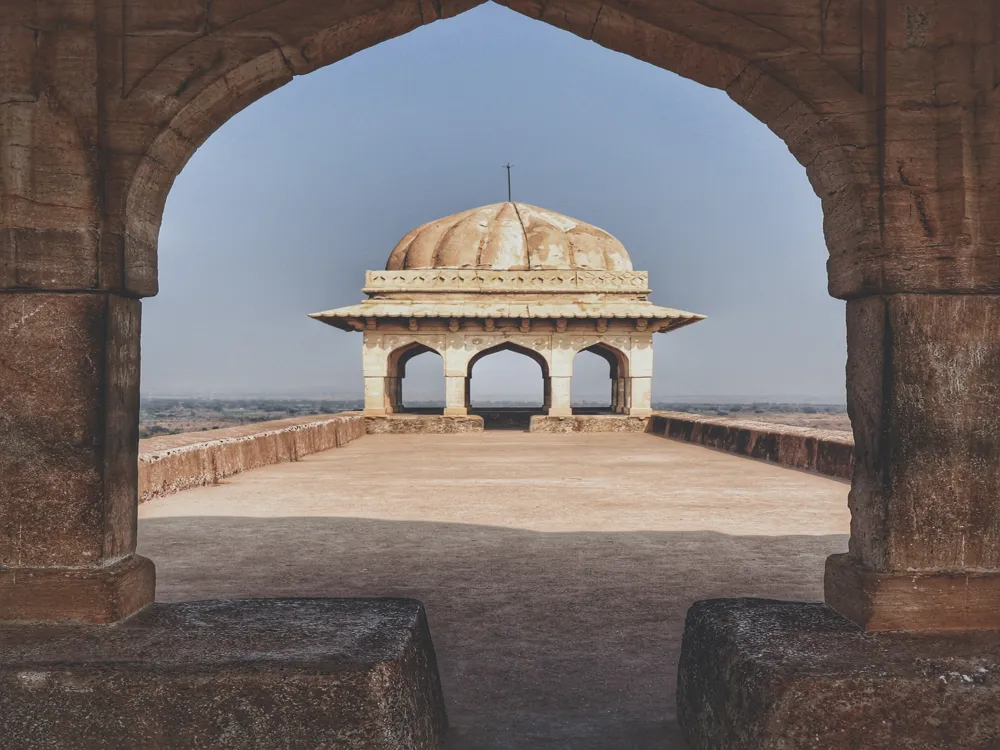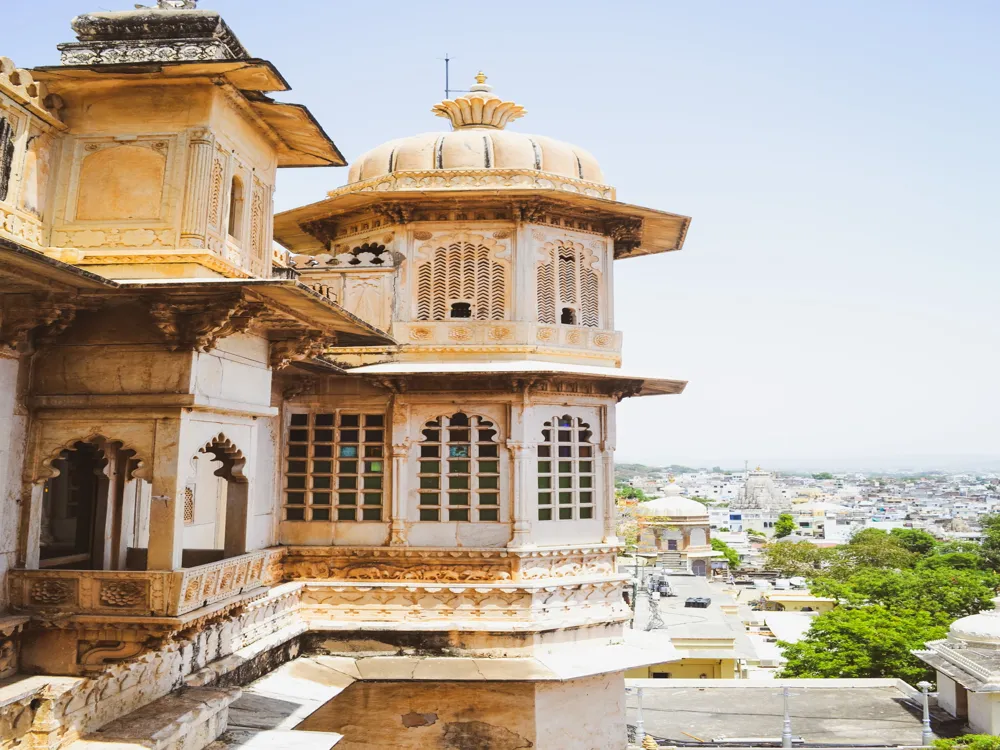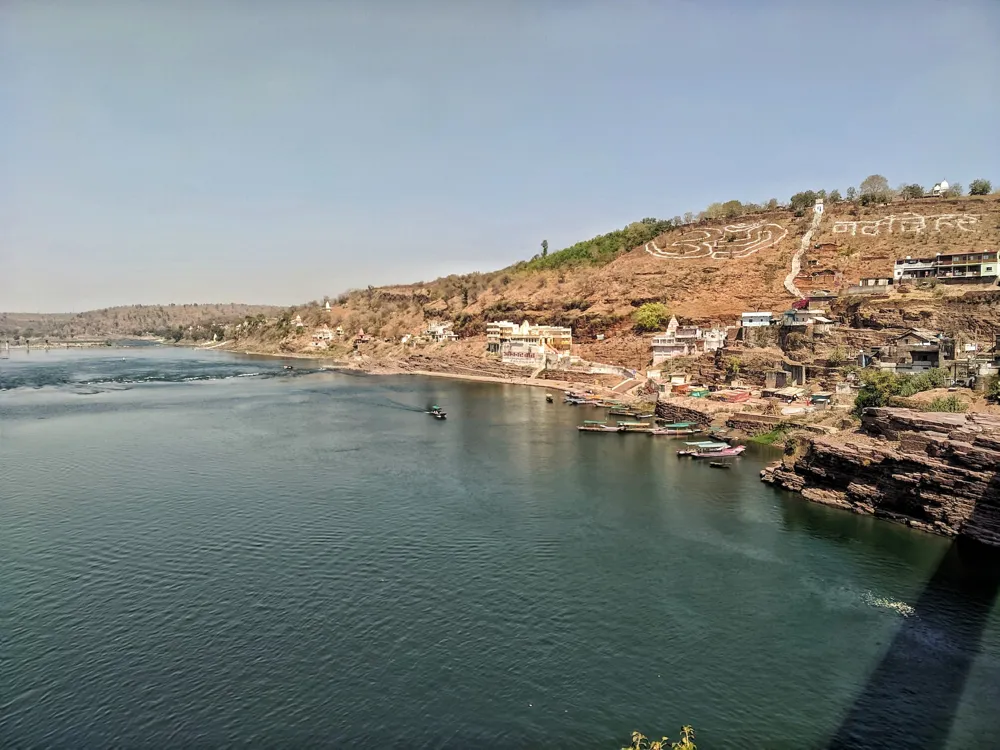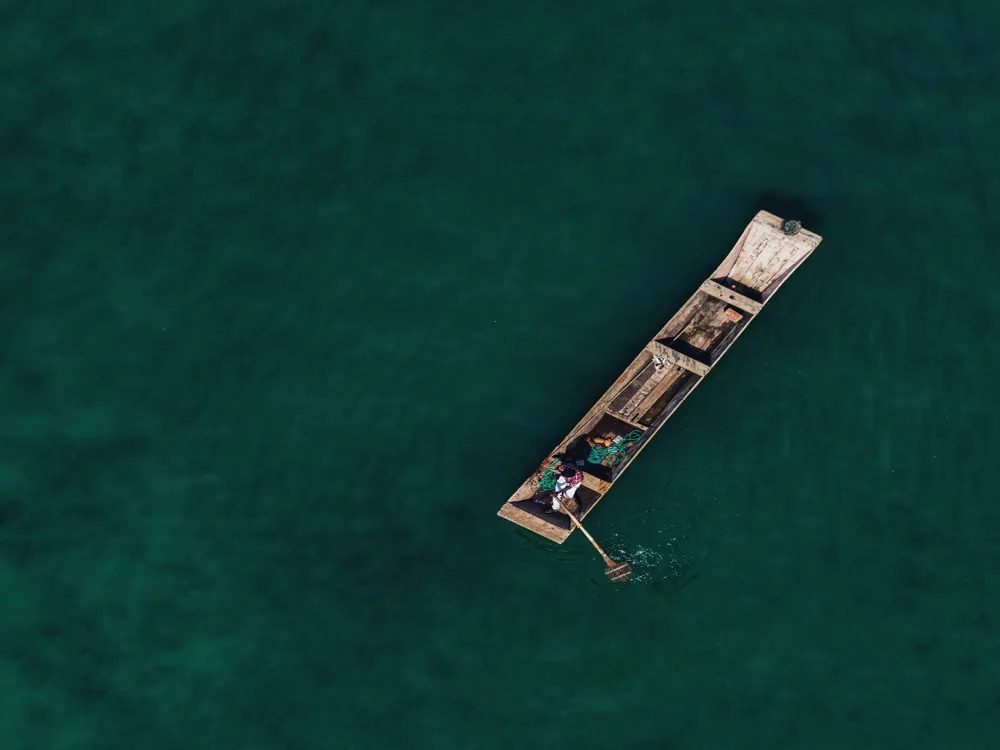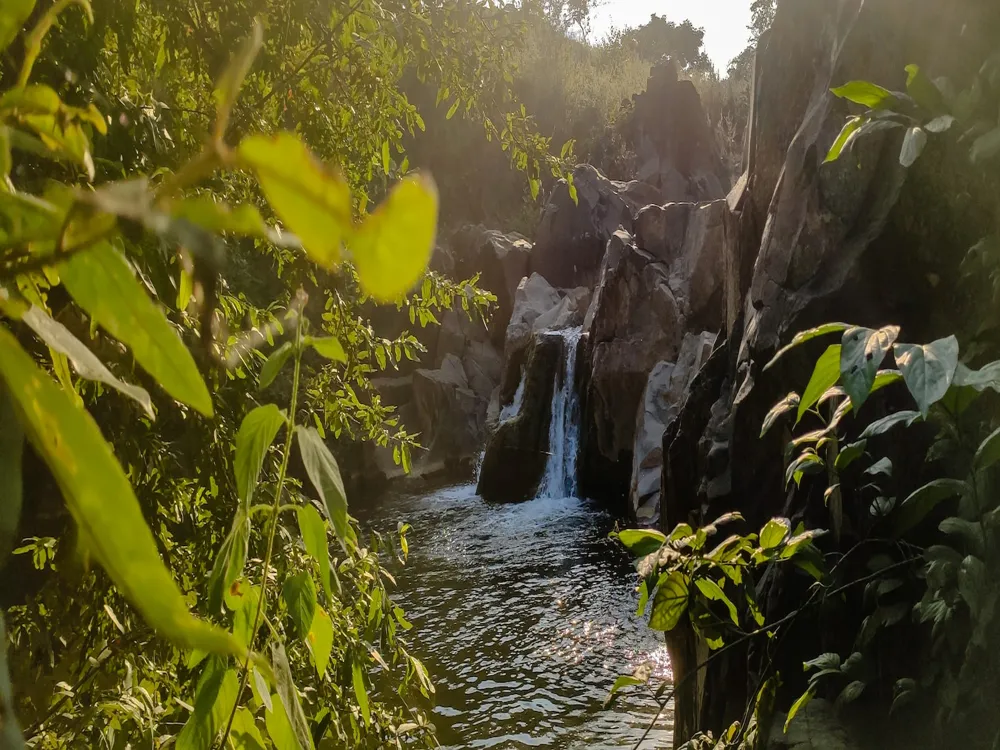Nestled in the heart of Kathmandu, the National Museum of Nepal stands as a testament to the rich cultural and historical heritage of Nepal. This prestigious institution, also known as the Rashtriya Museum, is not just a repository of artifacts; it is a vibrant center of Nepalese history, art, and culture. The museum's origin dates back to the early 19th century, making it a significant landmark in Nepal's historical landscape. The museum is divided into three main sections, each with its unique focus. The Historical Museum section delves into the fascinating history of Nepal, showcasing ancient manuscripts, medieval weapons, and exquisite sculptures. The Art Gallery highlights traditional Nepalese art, including Paubha scroll paintings, wood carvings, and metalworks, offering a glimpse into the artistic prowess of Nepal's artisans. The Natural History Museum takes you on a journey through Nepal's diverse flora and fauna, featuring an array of botanical specimens, geological displays, and a notable collection of butterflies and moths. One of the museum's highlights is its extensive collection of artifacts related to Buddhism and Hinduism, reflecting the country's religious diversity and rich spiritual heritage. These collections offer insights into the religious practices, iconography, and art forms central to Nepalese society. Additionally, the museum houses a remarkable collection of coins, textiles, and traditional musical instruments, each narrating a unique story of Nepal's socio-cultural evolution. The National Museum of Nepal is more than just a display of artifacts; it is an educational hub. It plays a pivotal role in preserving Nepal's intangible heritage by organizing various workshops, educational programs, and cultural events. These initiatives aim to engage the younger generation and promote awareness of Nepal's rich history and cultural identity. The architecture of the National Museum of Nepal is as captivating as the treasures it houses. The museum's design is a harmonious blend of traditional Nepalese and colonial architectural styles, reflecting the country's historical and cultural evolution. The main building, originally a palace, was transformed into a museum under the direction of Prime Minister Juddha Shumsher JBR in the 1930s. This transformation marked the beginning of the museum's journey as a guardian of Nepal's historical and cultural artifacts. The museum's architecture is characterized by intricately carved wooden windows and doors, traditional Nepalese brickwork, and ornate metalwork. The facade features a striking combination of red bricks and ornamental wood carvings, typical of traditional Nepalese architecture. The interior is equally impressive, with high ceilings, spacious galleries, and courtyards that create a serene and contemplative atmosphere. One of the architectural highlights of the museum is the Historical Museum building, a stunning example of Rana-era architecture. This building showcases the grandeur and opulence of the Rana period, with its lavish decorations, elaborate frescoes, and sophisticated craftsmanship. The Art Gallery, housed in a more modern structure, provides a striking contrast with its contemporary design, emphasizing the museum's commitment to showcasing both the ancient and the modern. The museum's architecture not only serves as a backdrop for its collections but also tells its own story of Nepal's architectural heritage. The blend of traditional and modern elements symbolizes the nation's journey through time, reflecting its past while embracing the present. This architectural marvel is a must-visit for anyone interested in the evolution of Nepalese architecture and its influence on cultural identity. Before visiting the National Museum of Nepal, it's advisable to check the opening hours and any special events or exhibitions that might be taking place. Planning your visit in advance ensures you have ample time to explore all sections of the museum without rush. Visitors should dress conservatively out of respect for Nepal's culture. Comfortable walking shoes are recommended as you will be exploring various exhibits and galleries. Photography may be restricted in certain areas of the museum. Always check for signs or ask museum staff before taking pictures to avoid inadvertently violating any rules. Consider taking a guided tour for a more informative experience. Guides can provide deeper insights into the exhibits and the history of the museum. Remember to respect the exhibits by not touching or damaging them. These artifacts are a valuable part of Nepal's heritage and need to be preserved for future generations. The National Museum of Nepal is located in the heart of Kathmandu, making it easily accessible by various means of transportation. Visitors can opt for public buses, which are a cost-effective way to reach the museum. Taxis are also readily available and offer a more comfortable journey. For those who prefer to drive, parking facilities are available near the museum. For international visitors, the museum is a short drive from the Tribhuvan International Airport. You can hire a taxi or take a pre-booked vehicle from the airport to the museum. Additionally, many hotels in Kathmandu offer tour packages that include a visit to the museum, providing a hassle-free experience for tourists. Read MoreOverview of the National Museum of Nepal, Kathmandu
Architecture of the National Museum of Nepal
Tips When Visiting the National Museum of Nepal
Plan Your Visit
Dress Appropriately
Photography Rules
Guided Tours
Respect the Exhibits
How To Reach the National Museum of Nepal
National Museum of Nepal
Kathmandu
₹ 11,658 onwards
View kathmandu Packages
Weather :
Tags : Museum
Timings : February - October:
Wednesday - Sunday: 10:30 AM - 4:30 PM, Monday: 10:30 AM - 2:30 PM
November - January:
Wednesday - Sunday: 10:30 AM - 3:30 PM, Monday: 10:30 AM - 2:00 PM
Entry Fee : Entry for Citizen of SAARC Countries: NPR 50
NPR 75 for Entry with a Still Camera
NPR 150 for Entry With a Video Camera
Entry for citizens of Other Foreign Countries: NPR 150
NPR 100 for Entry With a Still Camera
NPR 200 for Entry With a Video Camera
Planning a Trip? Ask Your Question
Also Refered As:
Chhauni Museum
Kathmandu Travel Packages
View All Packages For Kathmandu
Top Hotel Collections for Kathmandu

Private Pool

Luxury Hotels

5-Star Hotels

Pet Friendly
Top Hotels Near Kathmandu
Other Top Ranking Places In Kathmandu
View All Places To Visit In kathmandu
View kathmandu Packages
Weather :
Tags : Museum
Timings : February - October:
Wednesday - Sunday: 10:30 AM - 4:30 PM, Monday: 10:30 AM - 2:30 PM
November - January:
Wednesday - Sunday: 10:30 AM - 3:30 PM, Monday: 10:30 AM - 2:00 PM
Entry Fee : Entry for Citizen of SAARC Countries: NPR 50
NPR 75 for Entry with a Still Camera
NPR 150 for Entry With a Video Camera
Entry for citizens of Other Foreign Countries: NPR 150
NPR 100 for Entry With a Still Camera
NPR 200 for Entry With a Video Camera
Planning a Trip? Ask Your Question
Also Refered As:
Chhauni Museum
Kathmandu Travel Packages
View All Packages For Kathmandu
Top Hotel Collections for Kathmandu

Private Pool

Luxury Hotels

5-Star Hotels

Pet Friendly







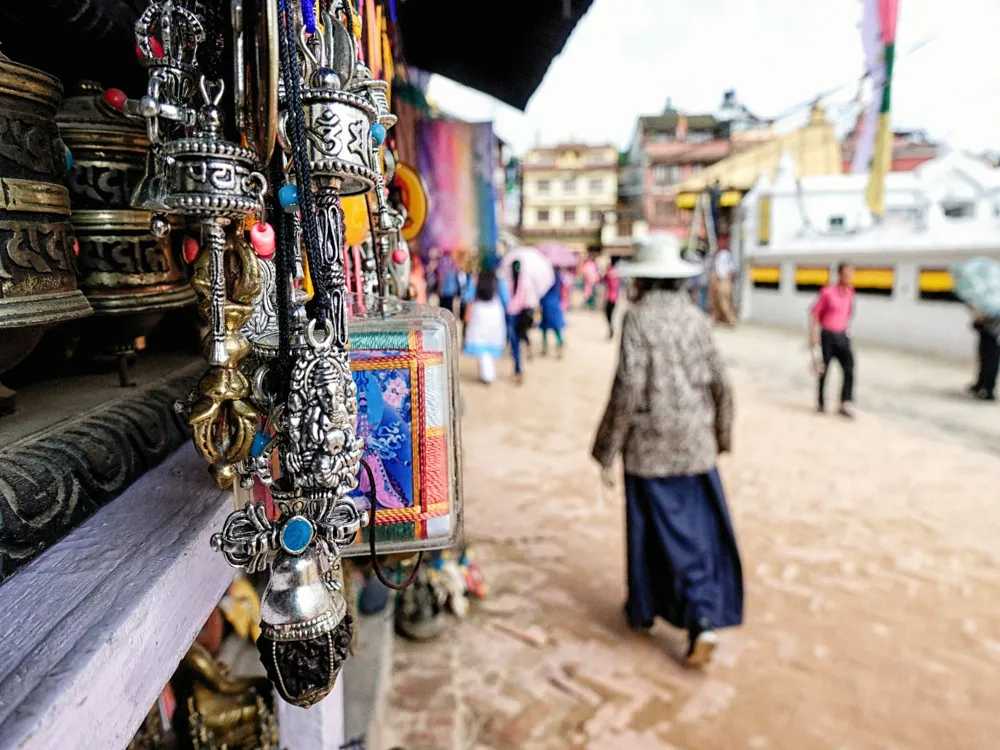
/asan-bazar-asan-tole-slider-1.webp)
